1 min read
Riding the Renovation Rollercoaster: The Emotions Behind a Remodel
Every home remodeling journey comes with its own set of emotions, and no project is without its ups and downs. After remodeling homes in the greater...
4 min read
Meadowlark Design+Build : January 17, 2025
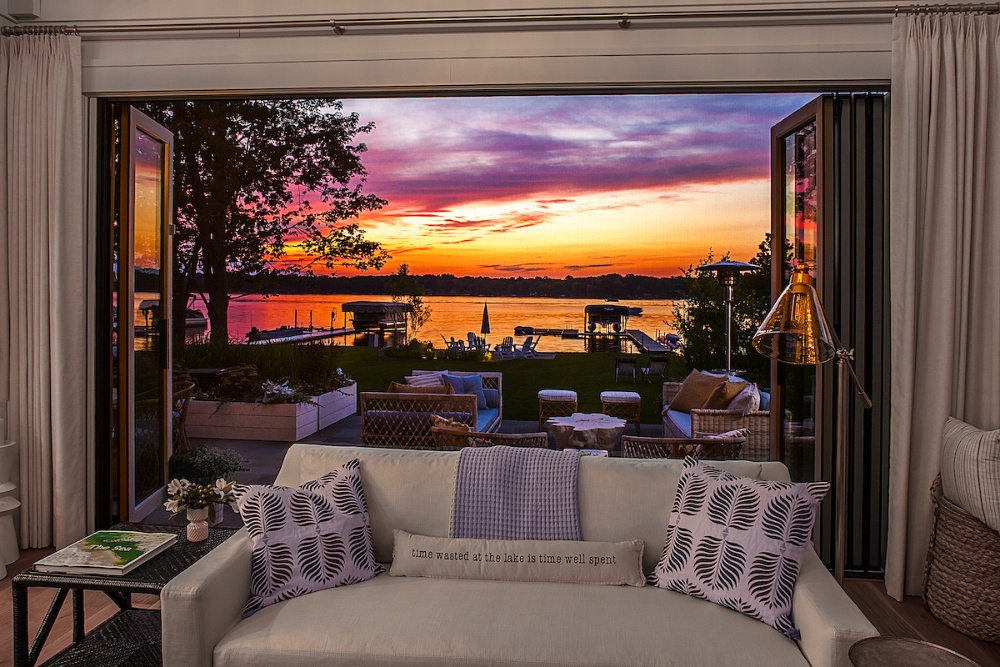
We think about the cleanliness of our homes but do we think about the cleanliness of our indoor air? According to the EPA our homes can be up to 5 times more polluted on the inside than outdoors. Since most of us spend the majority of time indoors - it's easy to see why making sure the air you breathe while in your home is clean and pollutant free. Here are five tips that will help you keep the indoor air quality of your home healthy for all of its occupants.
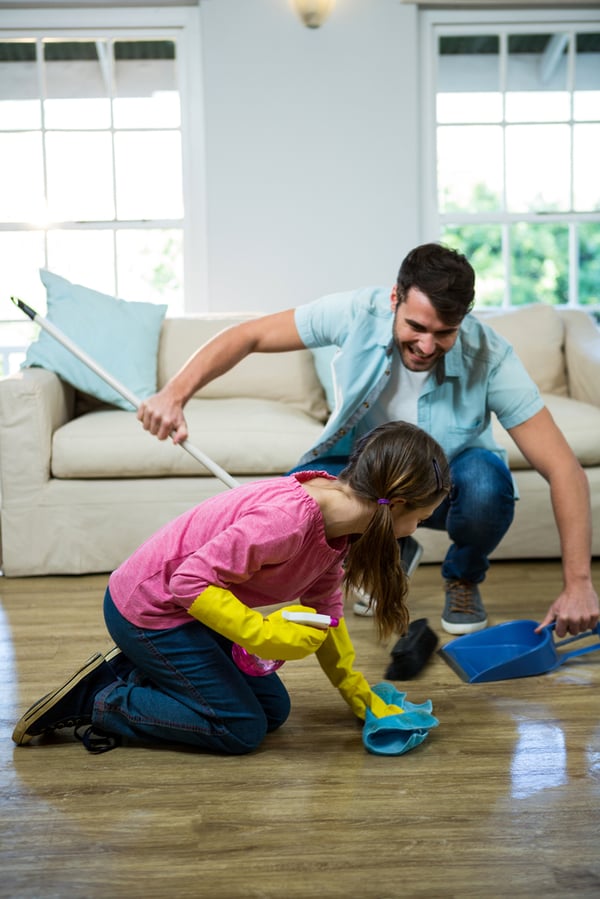
Mold, Radon, carbon monoxide and toxic chemicals in your home can have adverse effects on your health and result in eye irritation, headaches, allergies, asthma and even more serious respiratory problems. Addressing the sources of these is always the best strategy for optimizing the indoor air quality of your home.
Resolve water issues and leaks quickly - water infiltration, if not remedied, can lead to mold, mildew and even major structural damage
Have your home tested for Radon - if there is a problem with high levels you will need to consult with a specialist
Keep cleaning products, pesticides, household chemicals and paint in the garage or in a well- ventilated room that is separate from the main living and sleeping areas
Check your home furnishings and paint for VOC's and formaldehyde - look for low VOC and PVC carpeting, flooring and soft furnishings when replacing
Be careful about the toxins you bring into the home - read the labels, look for less-toxic alternatives or just keep them out of your home altogether
Have your ducts cleaned periodically - dirty ductwork can circulate illness-causing viruses and bacteria around your home
Change the filter on your furnace regularly
An energy recovery ventilator (ERV) exchanges fresh outdoor air for stale indoor air, while imparting the energy and moisture content of the outgoing (tempered) air to the incoming air. Imagine a bitter cold winter day. In a typical heating system, freezing air will be brought into the furnace from the outside. The furnace takes the cold, dry air and heats it from 32°F to 70°F and, if you have a humidifier, adds moisture into the air. On the exhaust side - all of that heated and humidified air gets pushed out back outside. With an ERV installed - instead of the normal intake and exhaust of air, the two streams are connected via the ERV so that the heat and humidity from the exhaust is used to heat and humidify the incoming air. The opposite goes in the summer when bringing in hot exterior air that your HVAC system cools and dehumidifies.
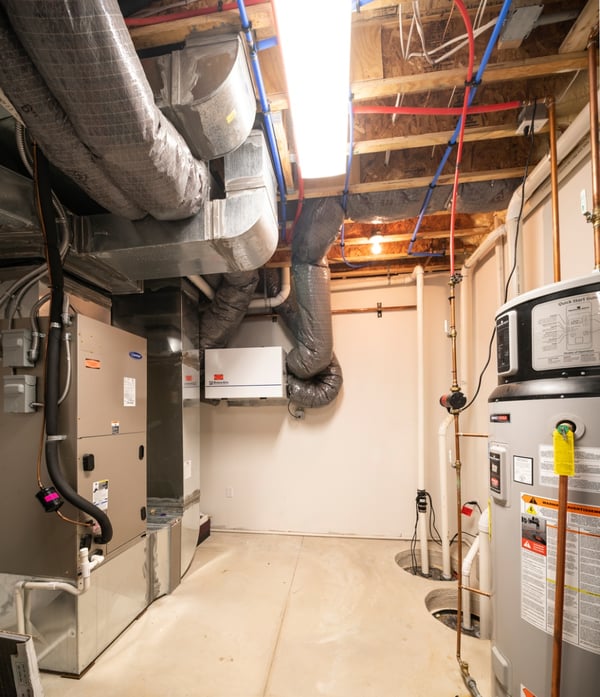
ERV's can make a huge difference for air quality in the home - especially now as the residential construction industry is building tighter and tighter homes. A tighter home means more energy efficiency, but it also means that less outside air is coming into your home, thus the need for mechanical ventilation and air purification systems.
While an ERV is an extremely efficient way to improve the air quality in your home and also save energy, they can be expensive to install or not practical for some existing homes. There are "spot ERV's" that take care of 300-500 SF of living space and go in somewhat like a bathroom fan, Panasonic, Broan and other companies make them. There's also through-the-wall ductless ERV's that go through an exterior wall that will work for small applications and are relatively cost effective.
Studies have shown that gas cooktops and ovens can significantly increase the levels of nitrogen dioxide, carbon monoxide and formaldehyde when in use. If your home has a good hood venting system that exhausts to the outdoors, these elevated levels are manageable. However, if your kitchen is like the majority of kitchens in the U.S. that just have recirculating hood vents that just pull the air through a filter, then this can be problematic - especially for children. With Induction heating technology taking the forefront in cooking technology, there is just no reason to stick with a gas stove.
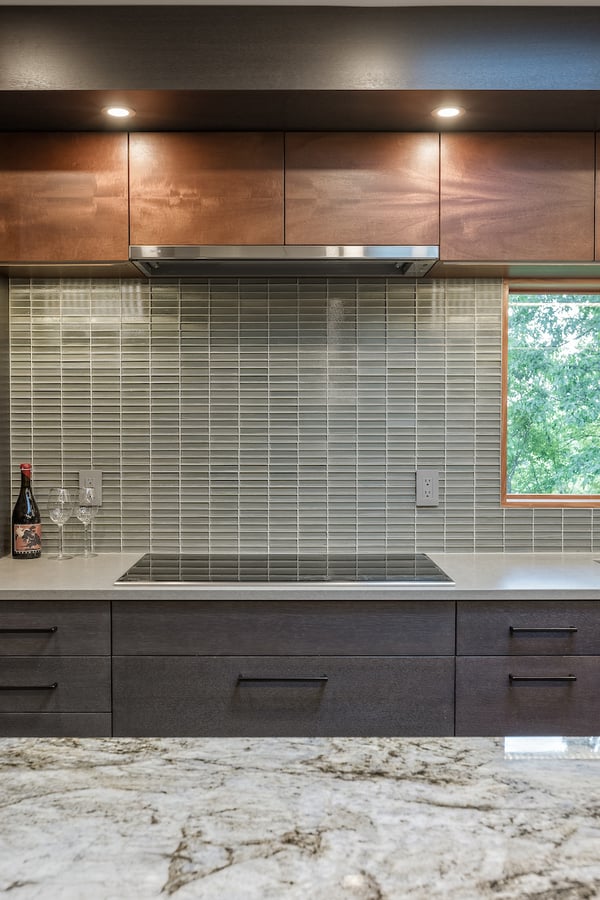
If you’re in the market to replace your HVAC system or a hot water heater, do your homework and look into versions that use electric heat pumps. In the last decade these have become more and more efficient. While these definitely will save you money in your monthly energy bills, they also will help to lower greenhouse gas emissions. Going all-electric is going to be a common discussion going forward as some communities in California have already started to change their residential building codes to require all-electric appliances and mechanicals in new construction.
This may seem counterintuitive, but as long as your home as adequate air exchange from a mechanical device like an ERV or spot ventilation systems, a tightly sealed and insulated home will result in less dust, less condensation and less mold spores - all these will help to create the best indoor air quality. Make sure your insulation contractor uses a blower door test to ensure that your home is ventilated properly.
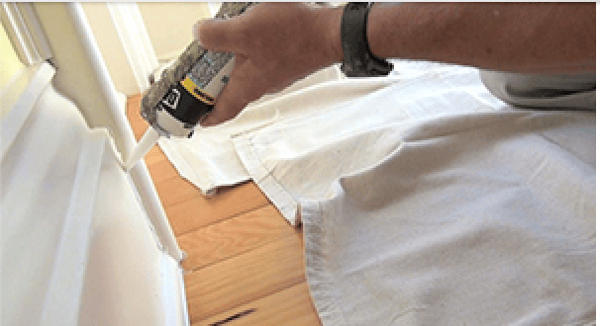
The ideal range for indoor humidity is dependent upon the season, but in general, most experts will tell you that somewhere in the 30%-50% range is the goal. Humidity in the extremes will not only adversely affect your comfort, but can also cause problems to you and your home's health. And when looking at proper humidity levels - don't forget your attic as poor ventilation in your roof can cause condensation resulting in mold and mildew.
Energy-efficient ventilation systems, if installed correctly, can manage the humidity in your home regardless of the season, save you energy and improve the indoor air quality and comfort of your home.
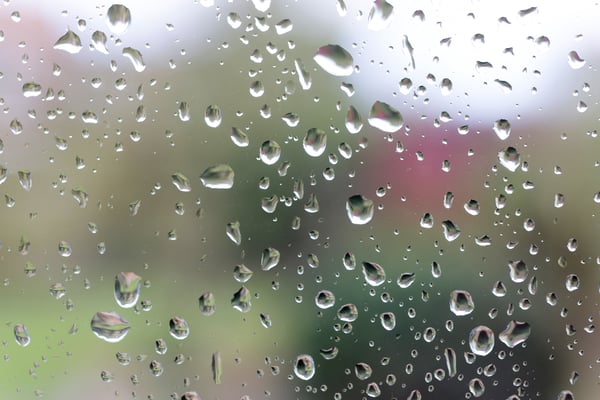
Dry skin, cracked lips, nose bleeds and sore throats
Aggravated allergy symptoms
Cracked wood trim/flooring and drywall
Cracked furniture
Mold and mildew creation
Condensation on windows can cause window and door frames to rot
Peeling paint or wallpaper
Poor sleep due to overheating - high humidity can prevent your body's natural evaporation cycle for cooling down body temperature
If you are considering doing a major update to your home, then this is the perfect time to incorporate some or all of these tips into your renovation. The result will be not only a healthier home, but a greener, more sustainable home that will save you money, be more comfortable to live in and will be easier to maintain.
Let us help you make your home healthier by improving your indoor air quality. We'd love to Start the Conversation.

1 min read
Every home remodeling journey comes with its own set of emotions, and no project is without its ups and downs. After remodeling homes in the greater...
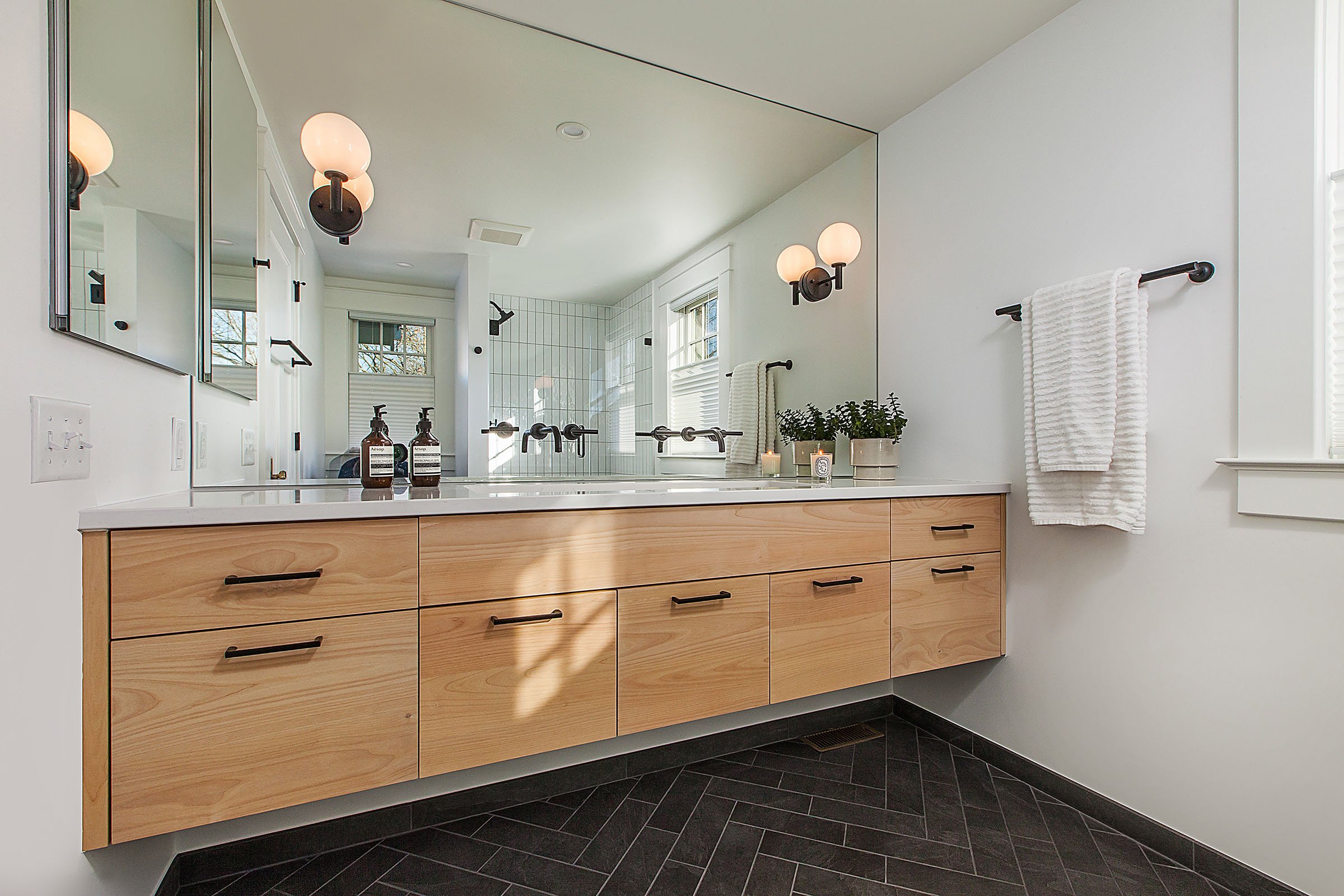
Transforming your home is not just about aesthetics; it's about finding solutions that fit your budget and lifestyle. When upgrading your kitchen or...
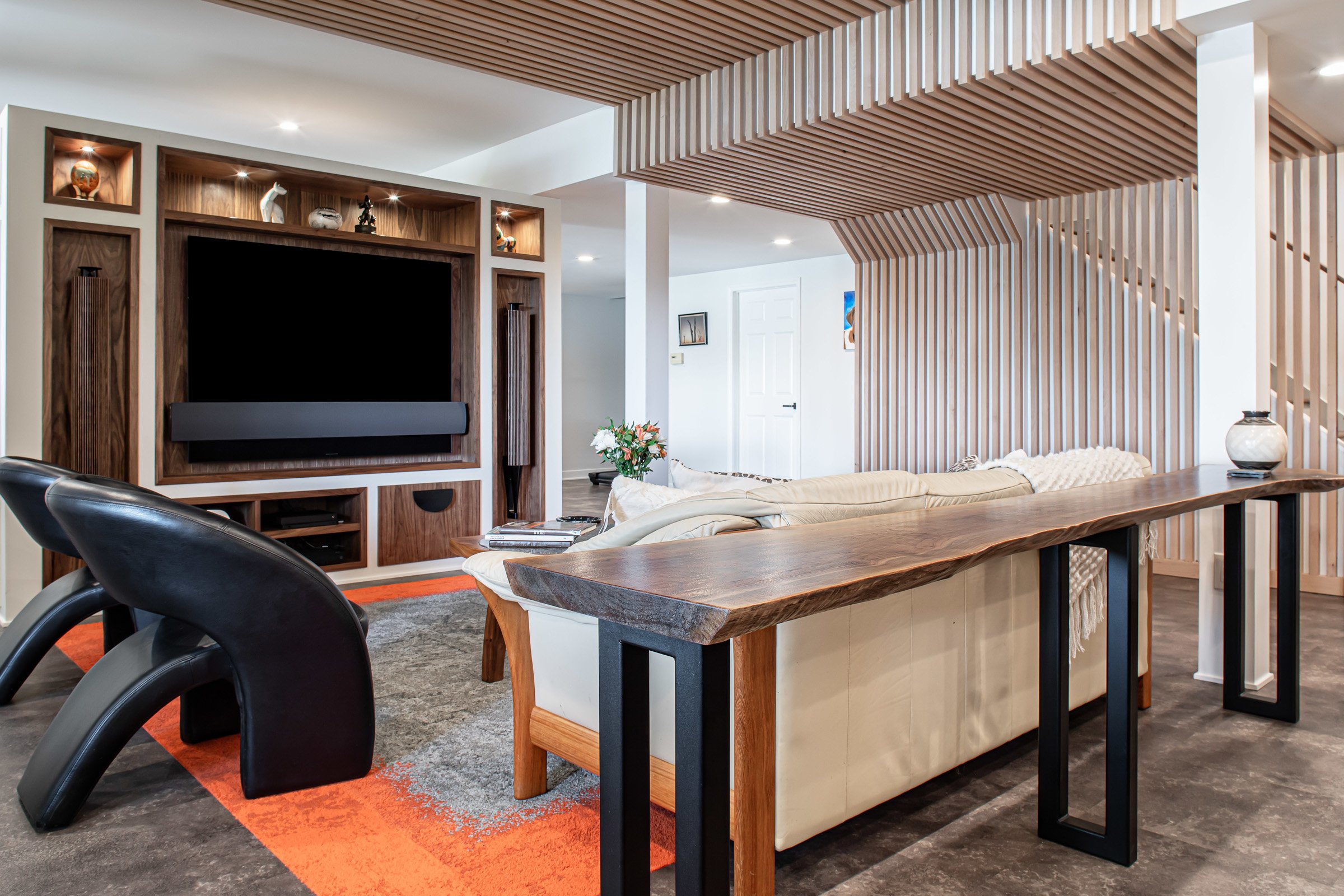
We’re thrilled to be featured in The Scout’s Guide’s latest piece, “How to Upgrade Your Basement, According to the Experts.” We invite you to check...